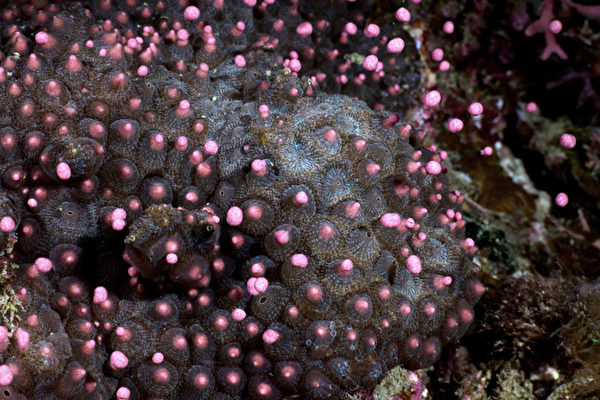According to CNA, on April 29, a small amount of coral spawning was observed, including Acropora and Fungia corals. On April 30, more corals such as Porites, Montipora, Acropora, Pavona, Platygyra, and Favia were found to be spawning continuously near the Teo Stone and the inlet area.
Around the time of the “Ma Zu Birth” every year, it coincides with the coral spawning period in Kenting. Dozens of coral species will release their spawn, creating a scene resembling a starry sky underwater, akin to a “pink snowfall” in the ocean. Since 2021, the Kenting National Park Management Office has collaborated with the National Museum of Marine Biology and Aquarium to livestream the event, allowing the public to appreciate this natural wonder without having to dive.
This annual phenomenon not only brings a stunning visual display to the marine ecosystem but also serves as a reminder of the delicate balance in nature. Through the joint efforts of conservation and public engagement, awareness about the importance of coral reefs and biodiversity preservation is being raised.
The coral spawning event not only showcases the beauty of marine life but also underscores the significance of sustainable environmental practices. It serves as a reminder of the interconnectedness of ecosystems and the need for responsible stewardship of our natural resources. This collaboration between authorities and educational institutions highlights the value of scientific research and conservation efforts in safeguarding our oceans for future generations.
As people witness the coral spawning spectacle through the livestream, it promotes appreciation for the wonders of the marine world and encourages individuals to contribute to conservation efforts. By fostering a sense of connection with nature, initiatives like these play a crucial role in nurturing environmental consciousness and promoting a sense of responsibility towards preserving our planet’s biodiversity.

